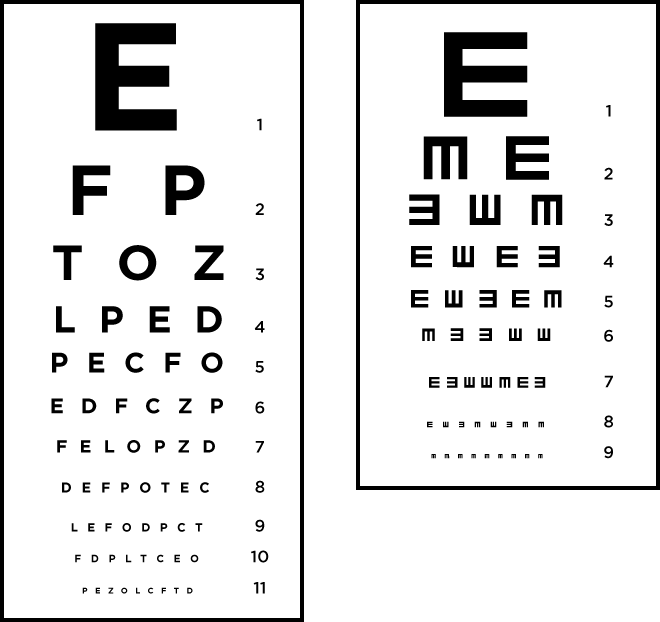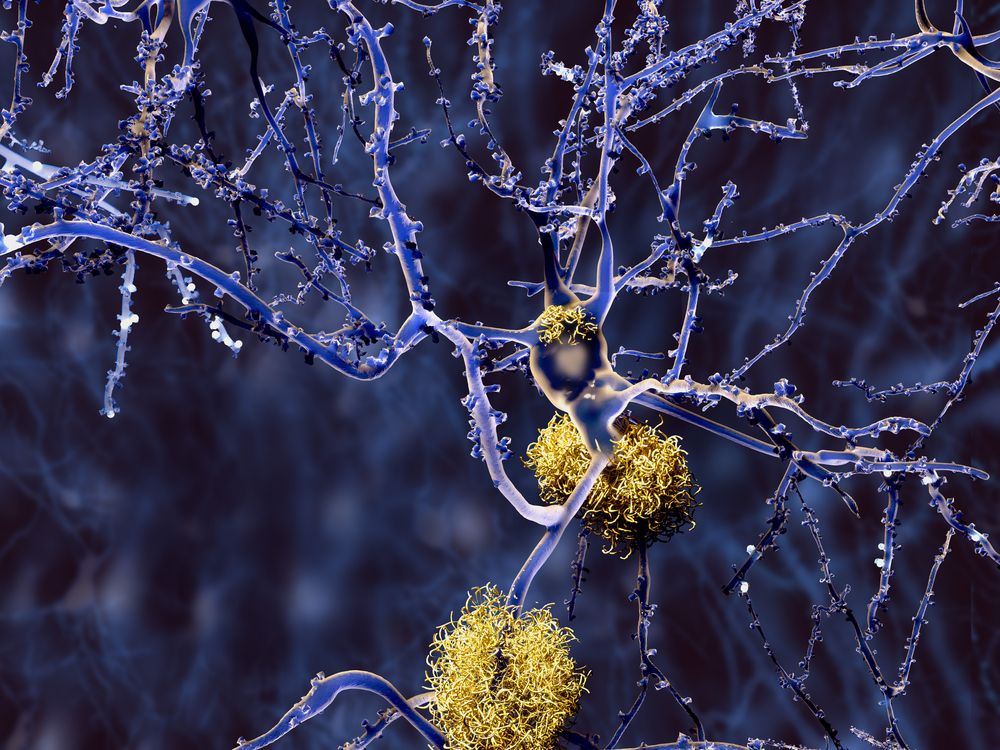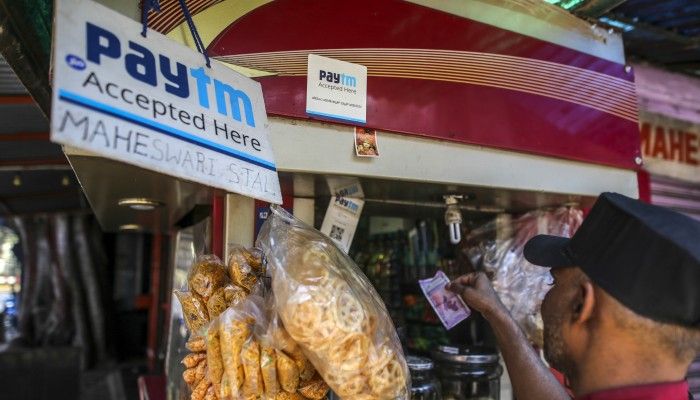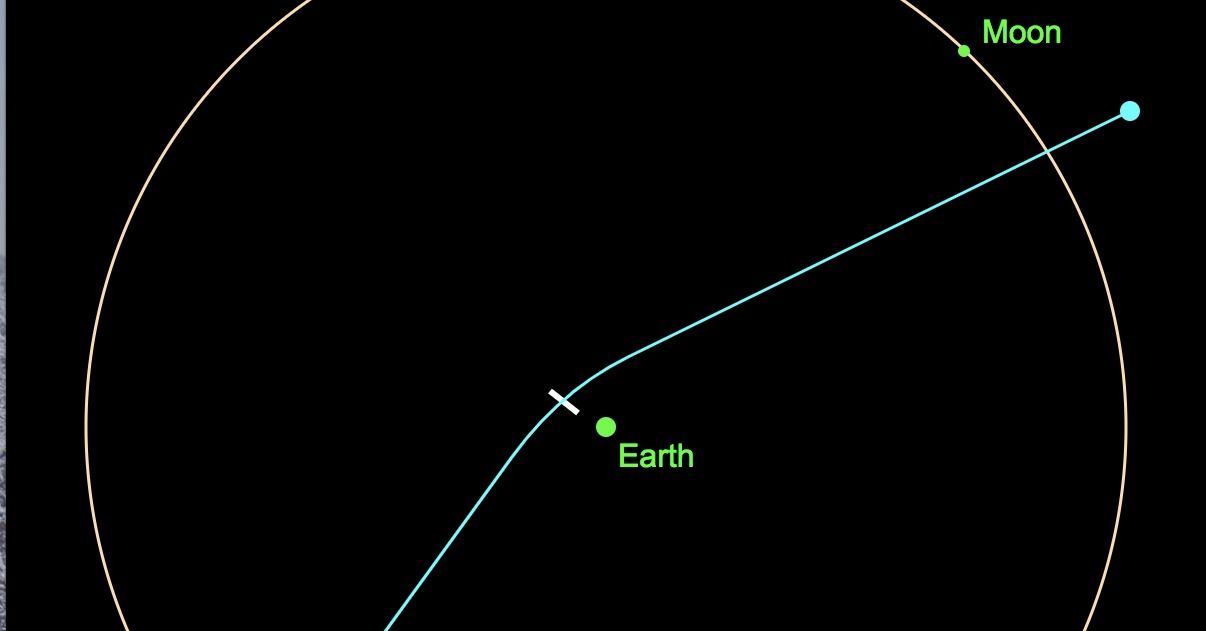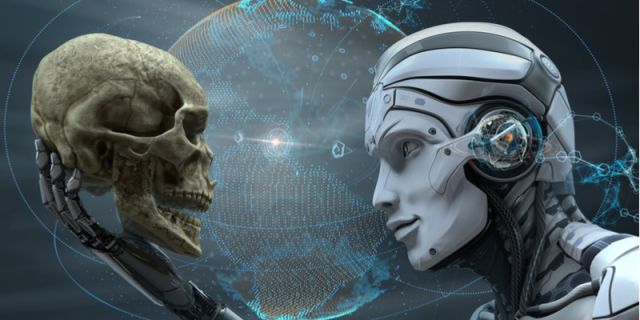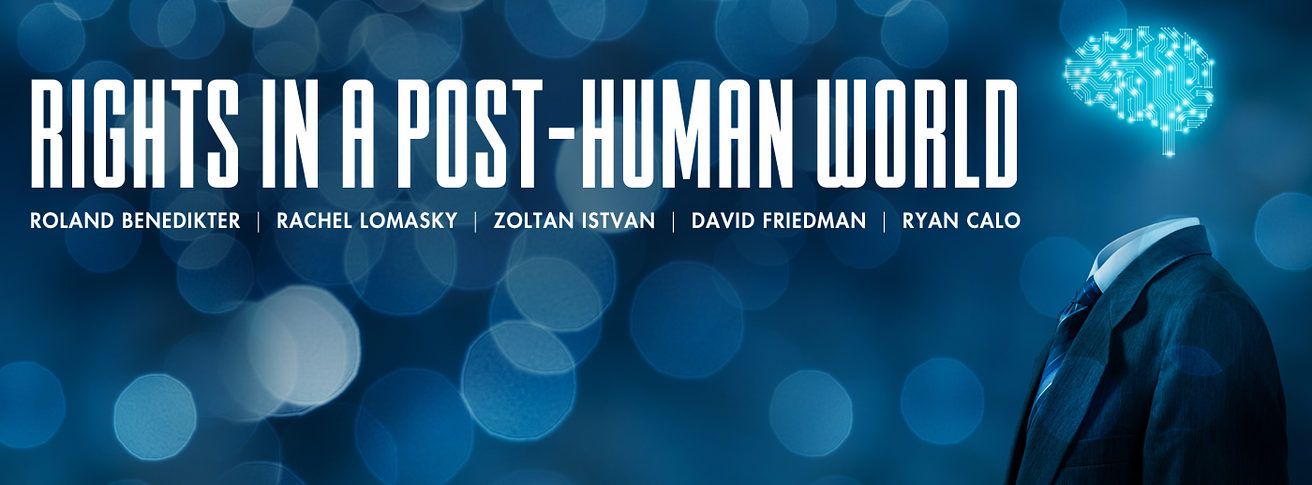A clinical-grade retinal implant made of human #embryonic stem cell (#hESC)–derived RPE grown on a synthetic substrate has been developed by Kashani and team. The progressive binding disease that causes loss of the retinal pigment epithelium (RPE) of the eye is known as #Non-neovascular age-related macular degeneration (#NNAMD). Currently there are only preventative measures that can be taken but there is no effective treatment. Some preventative measures include quitting smoking and the use of specific nutritional supplements to reduce the risk of developing NNAMD. The implant was not only shown to be safe in a first-in-human phase 1 clinical trial in five patients with advanced NNAMD, but also well tolerated. Plausible therapeutic effects on visual clarity were reported in the experimental results, indicating that this approach may be beneficial for treating retinal disorders involving #RPE loss.
